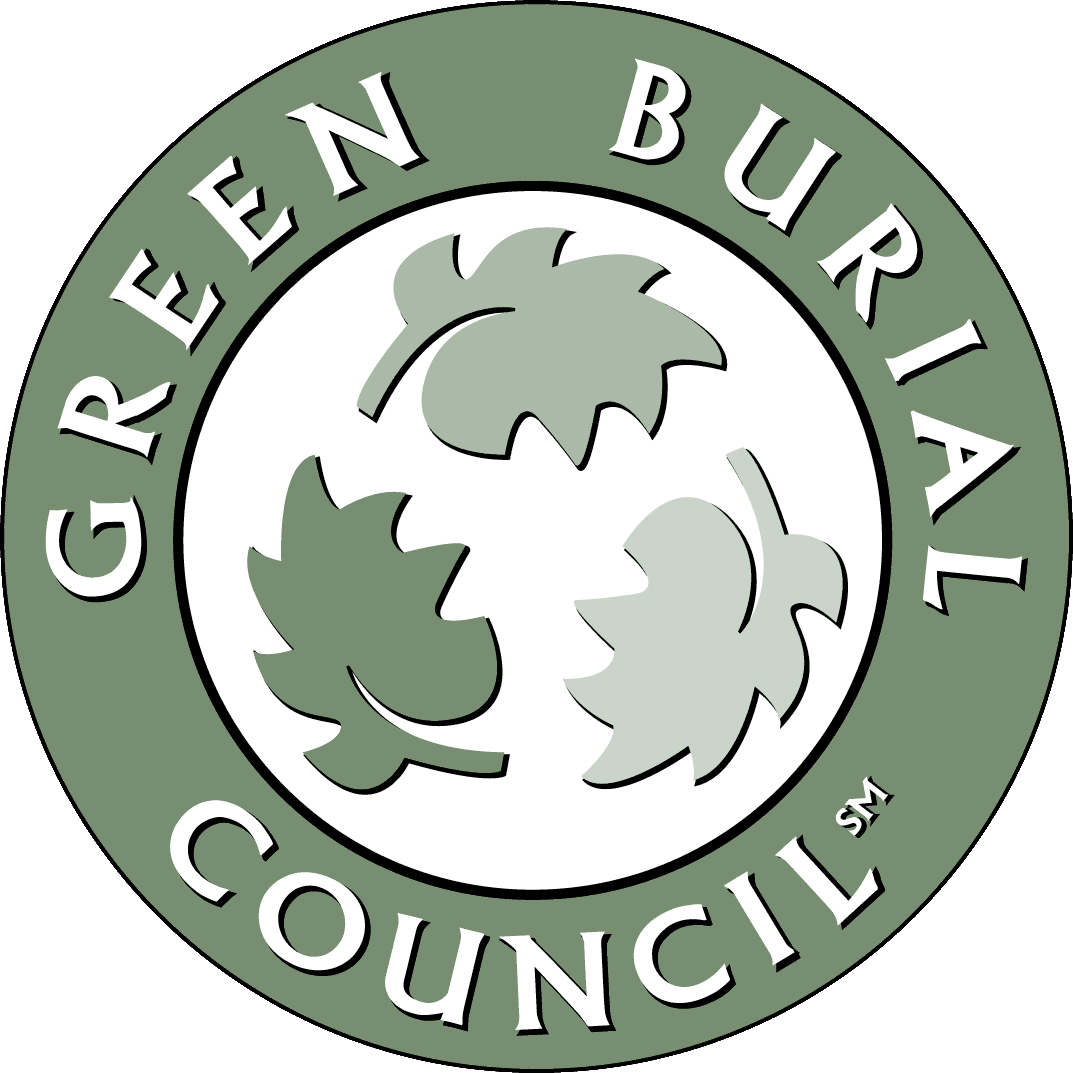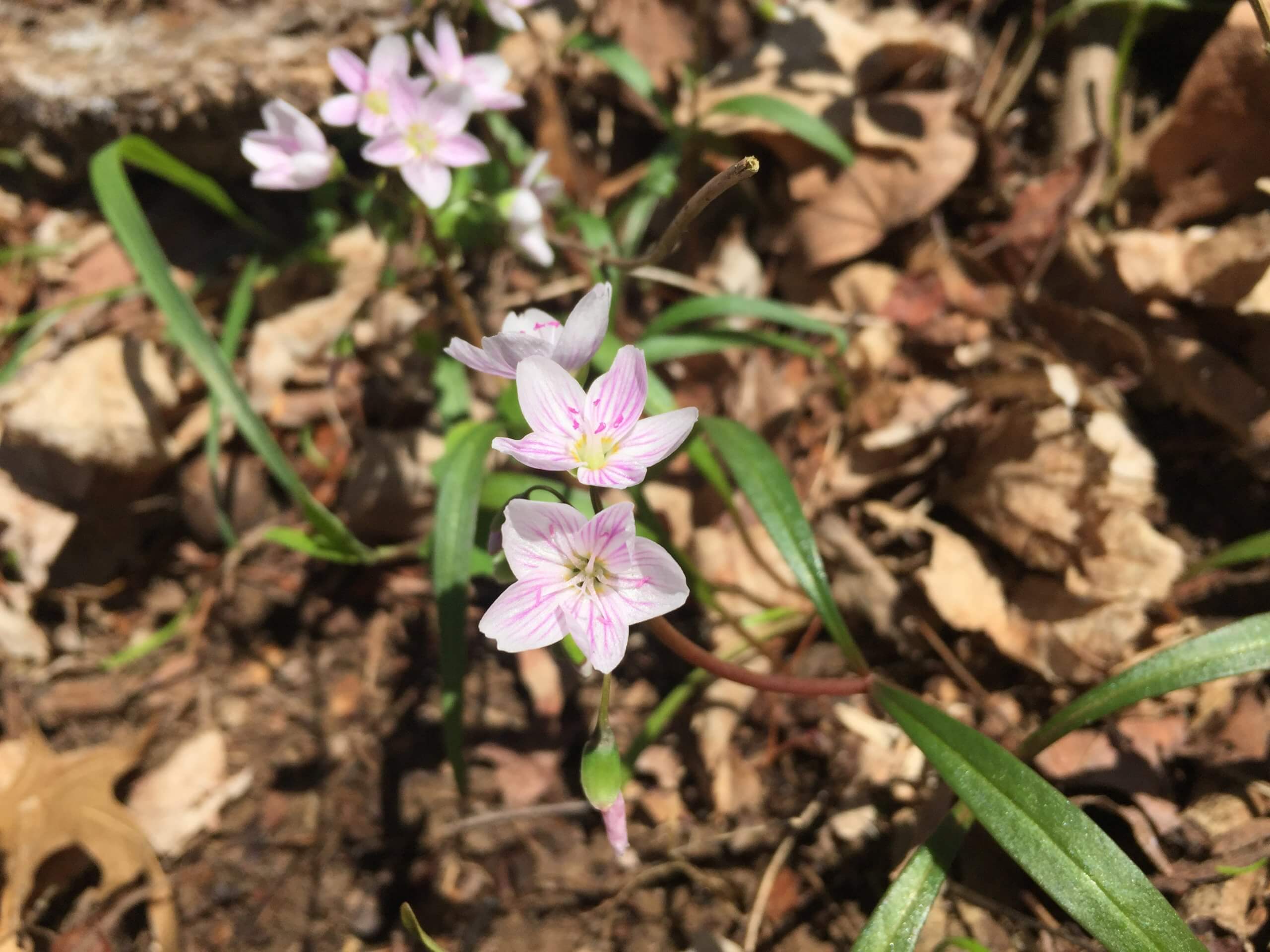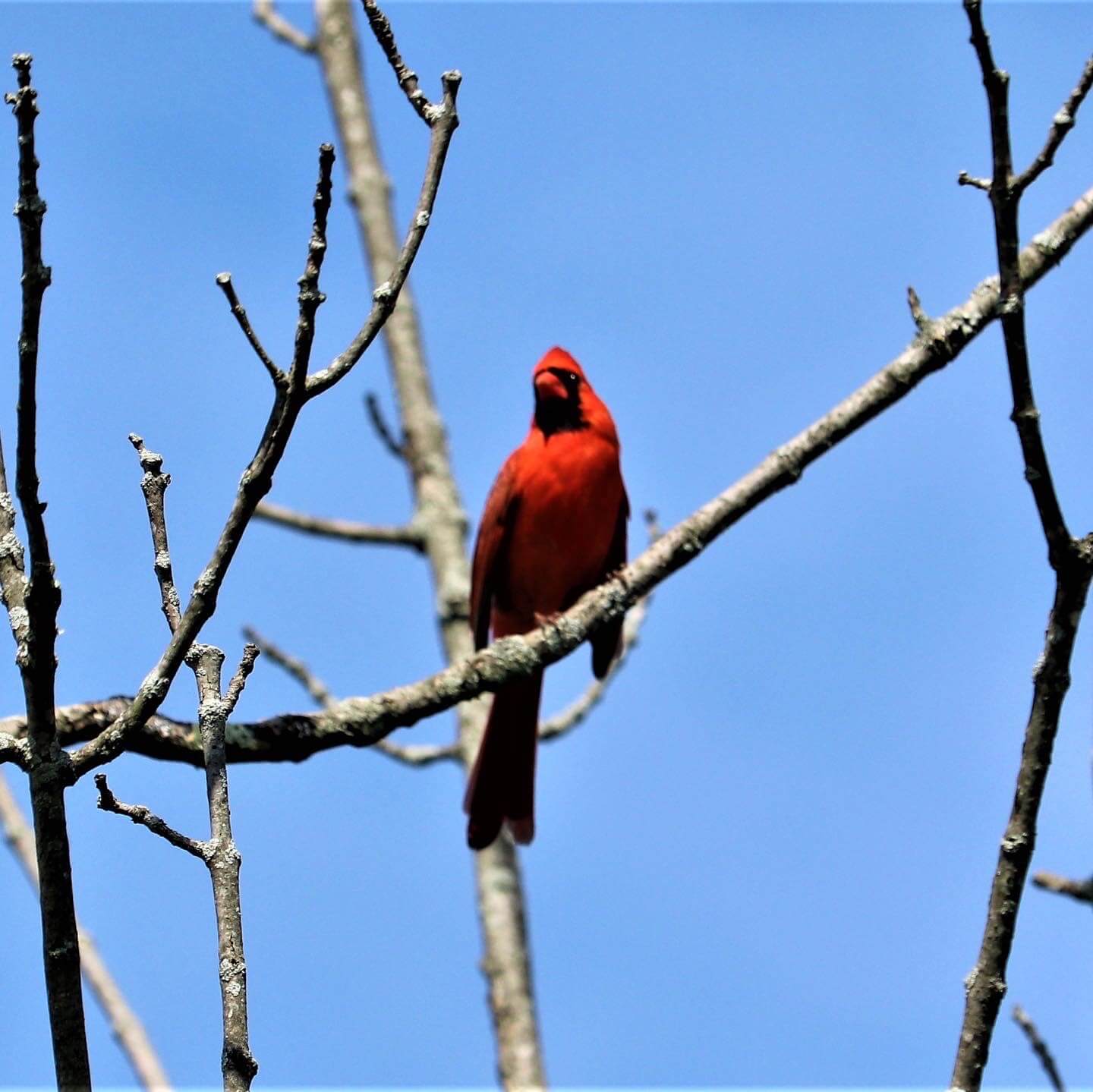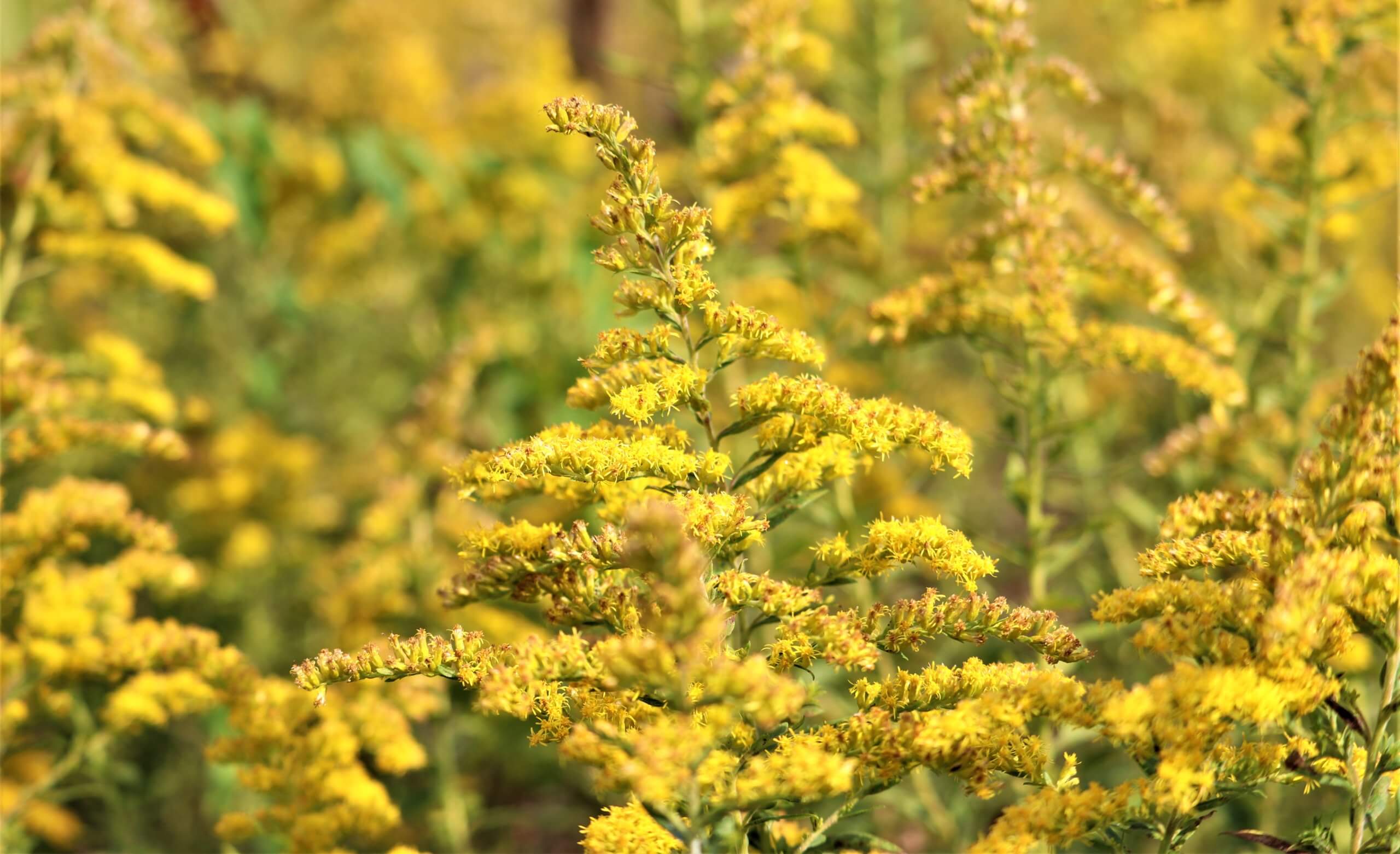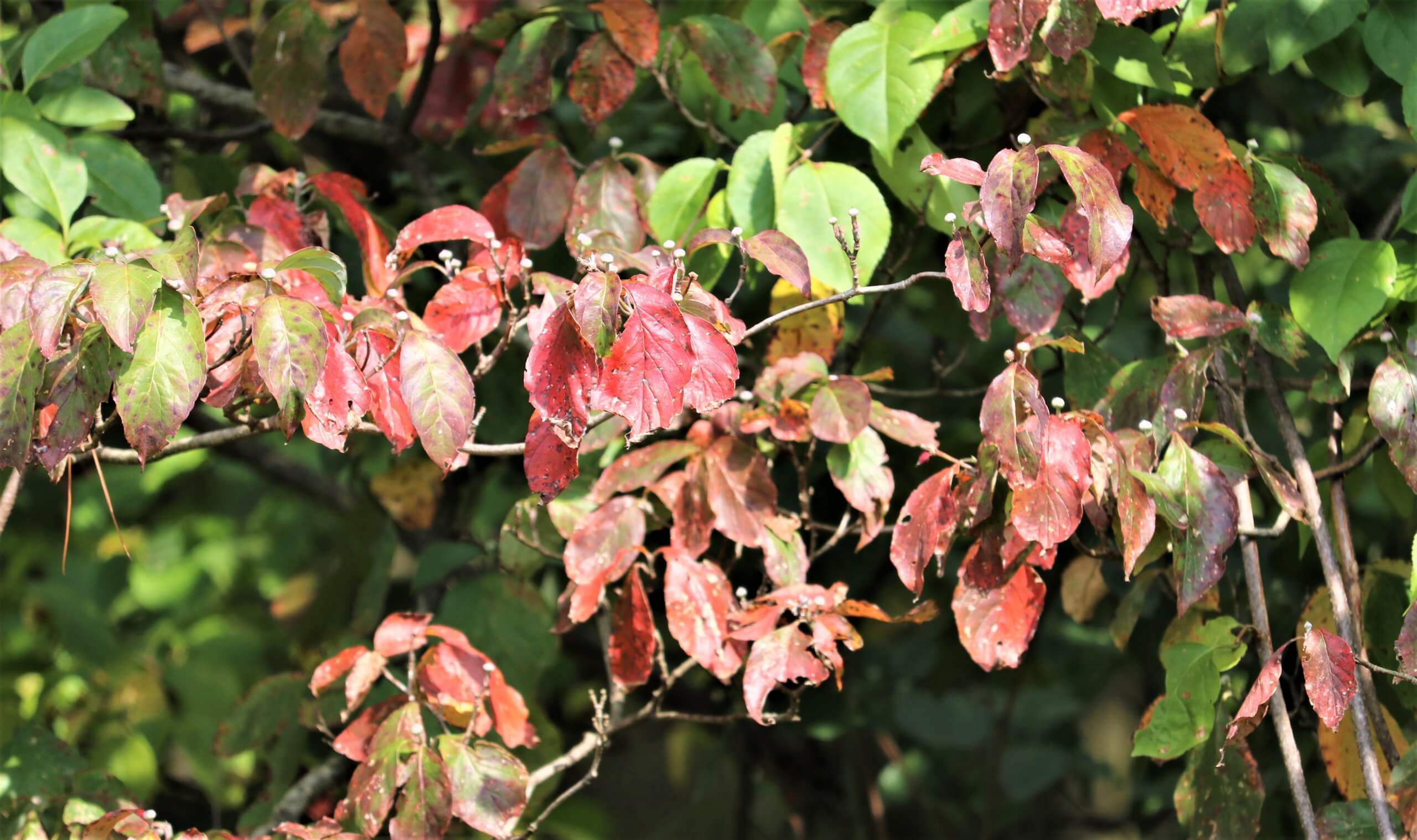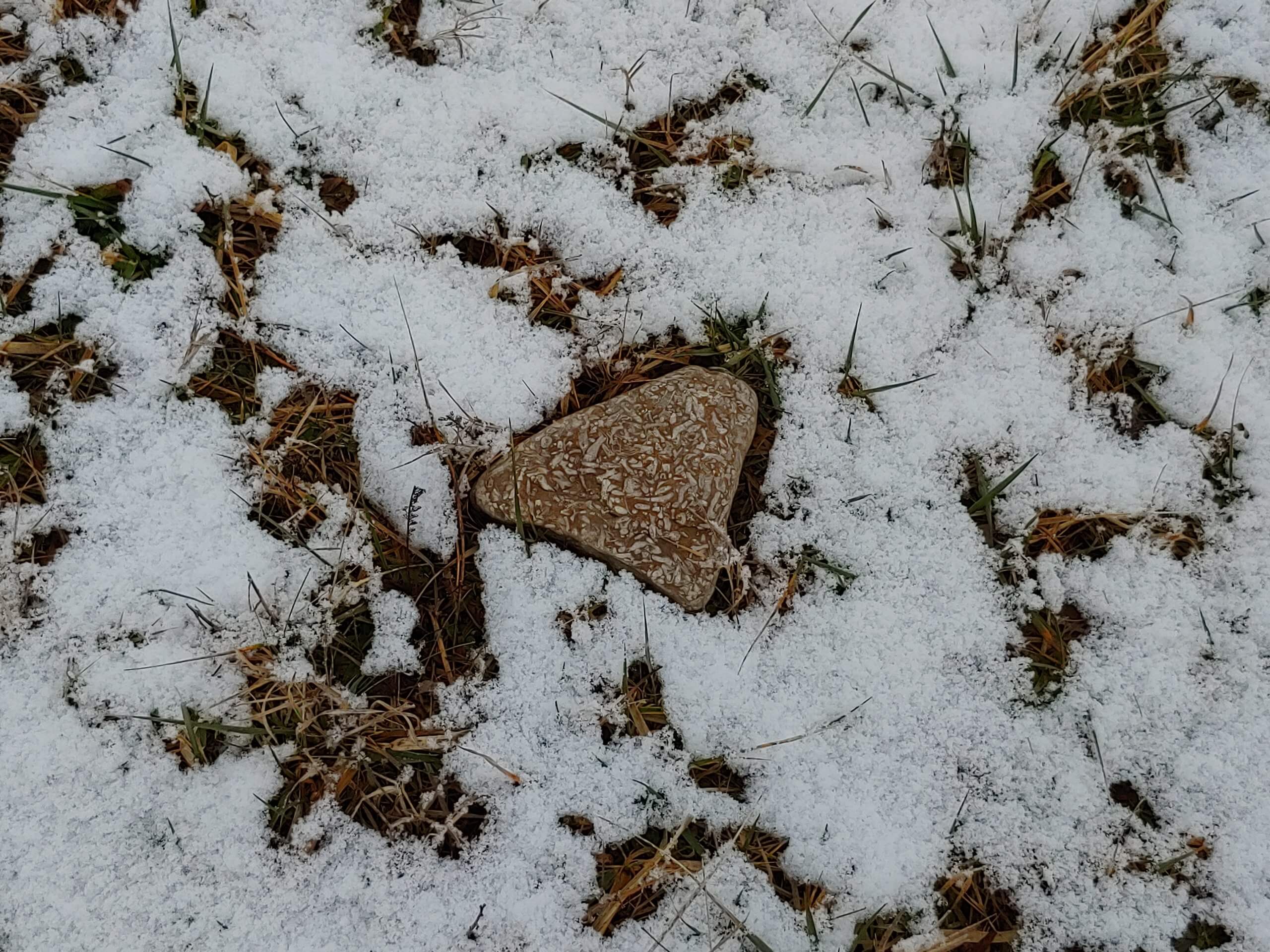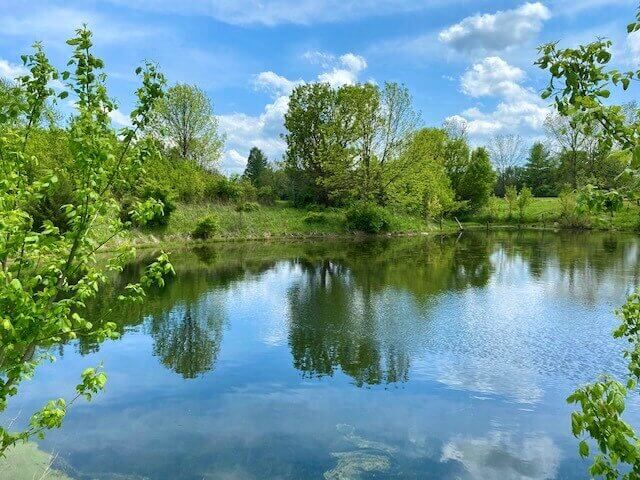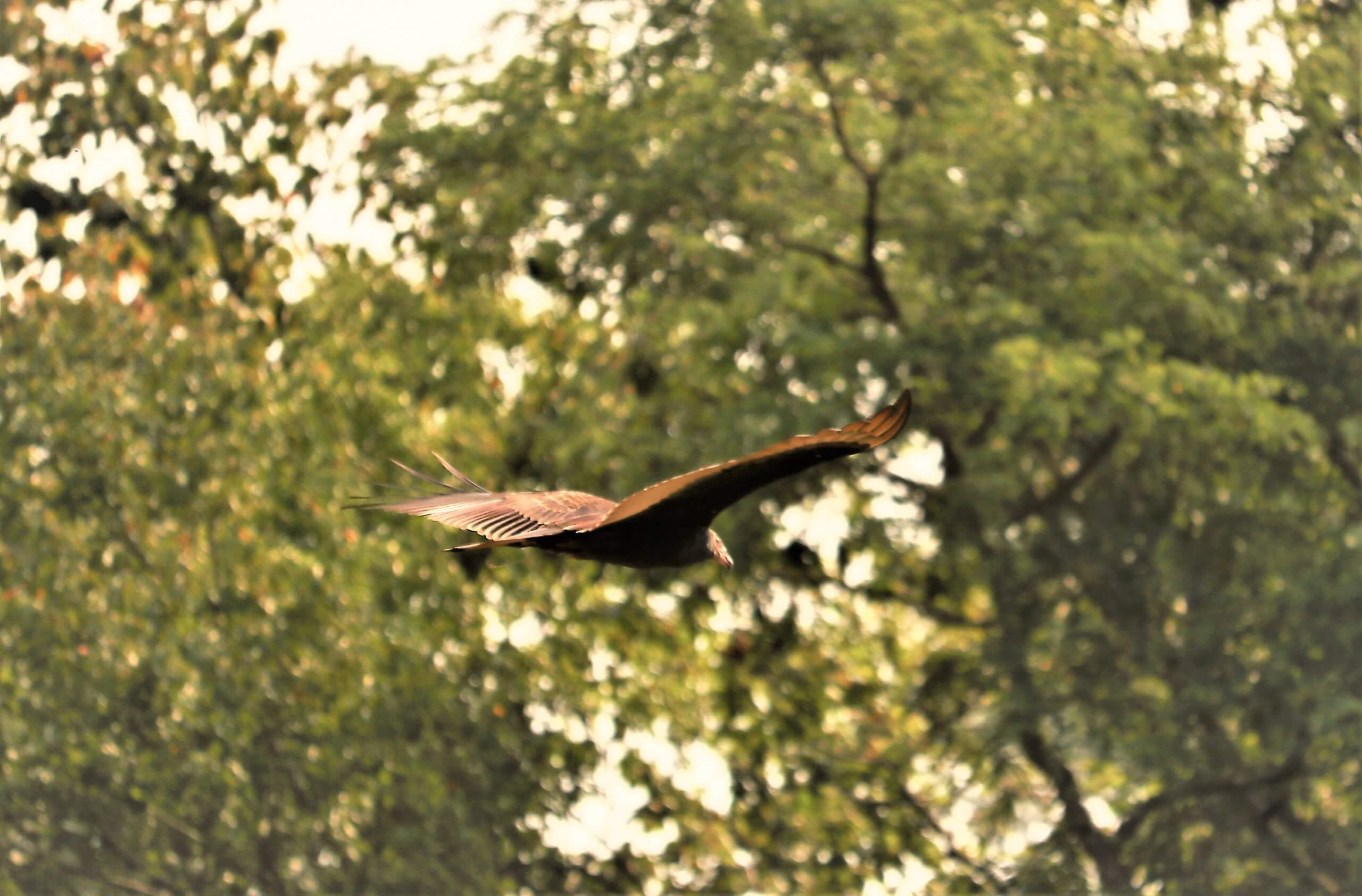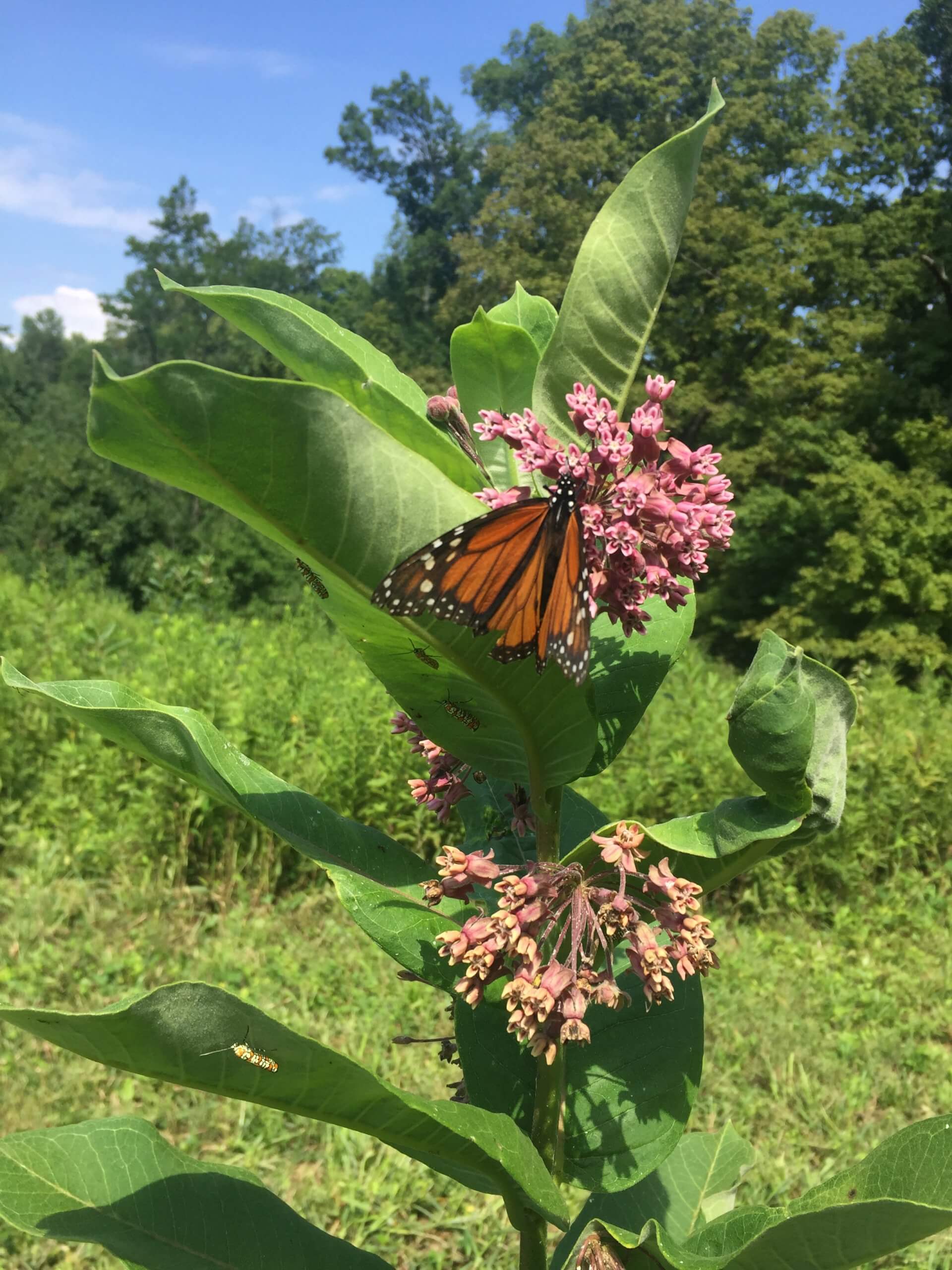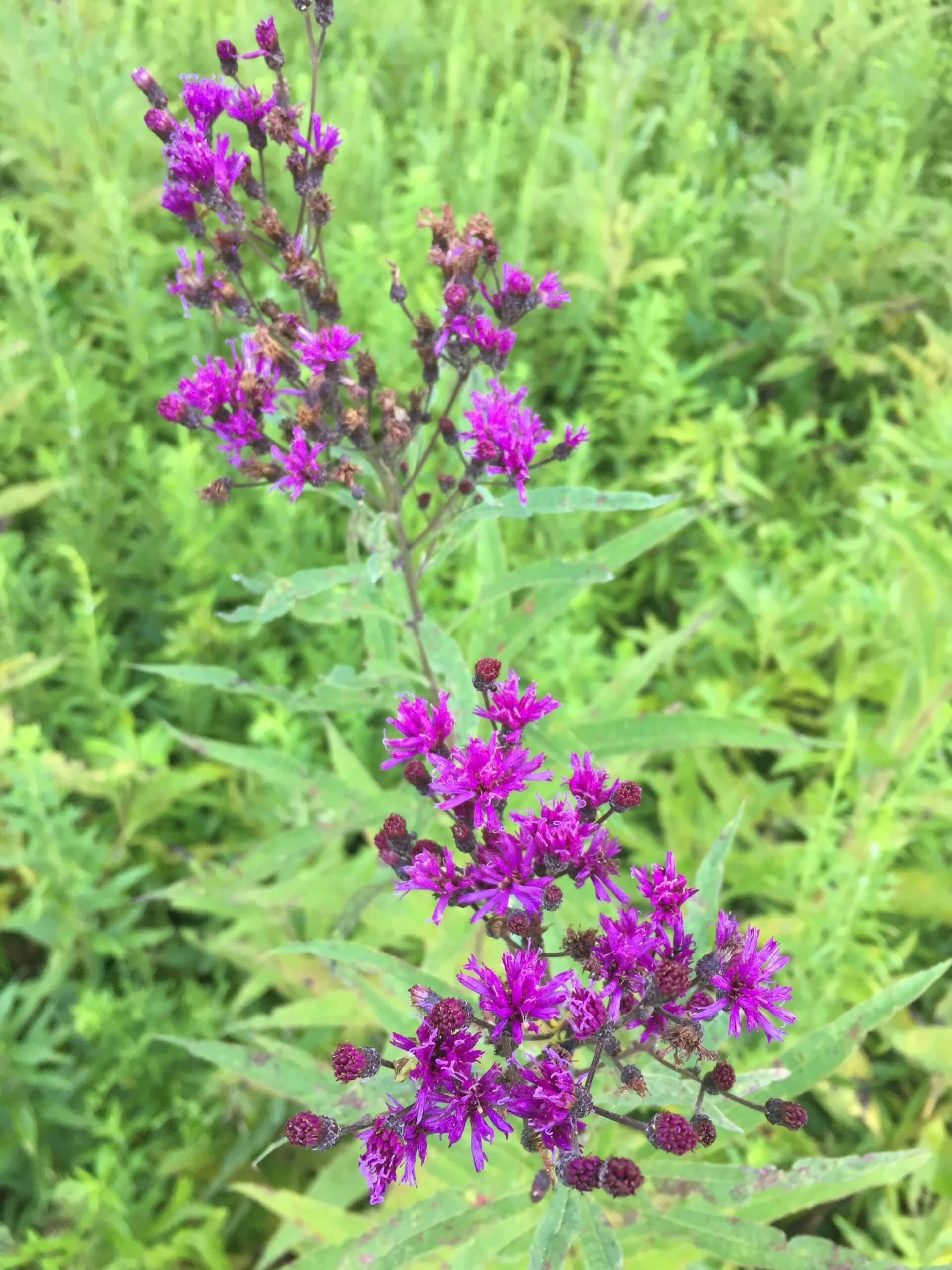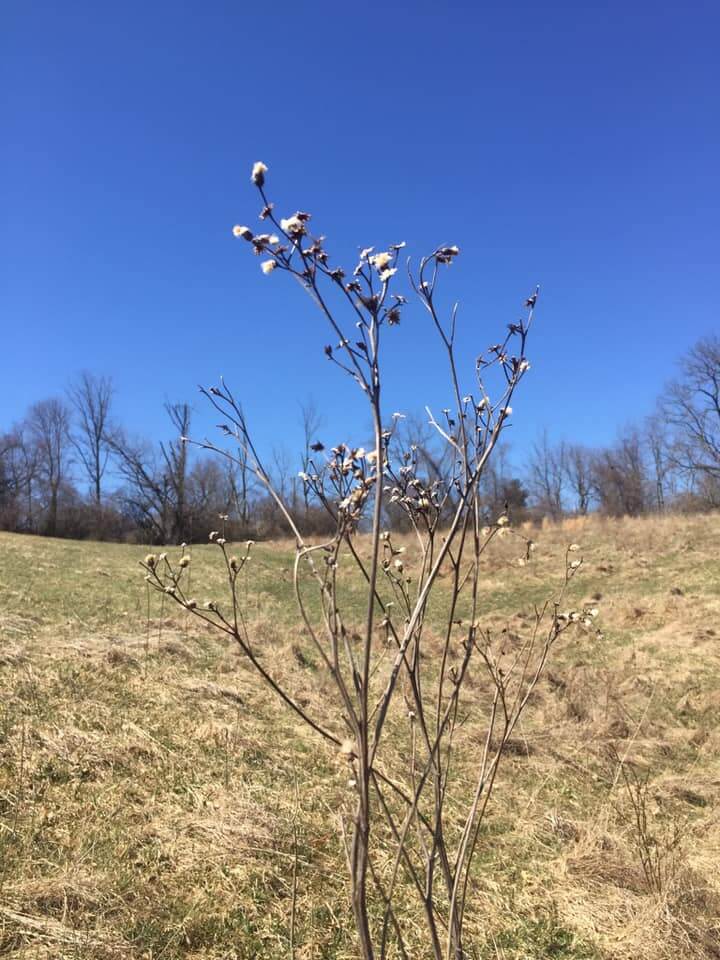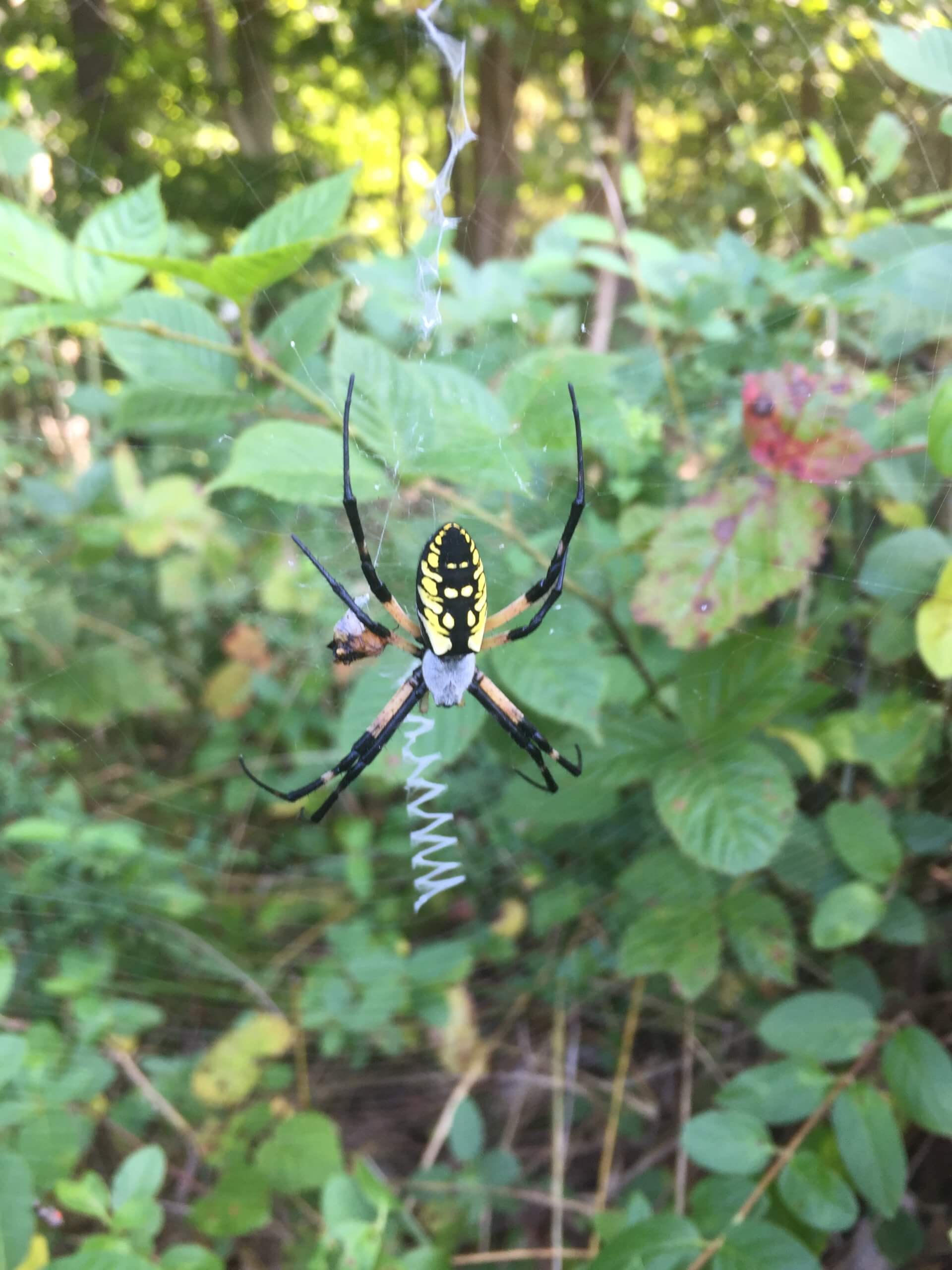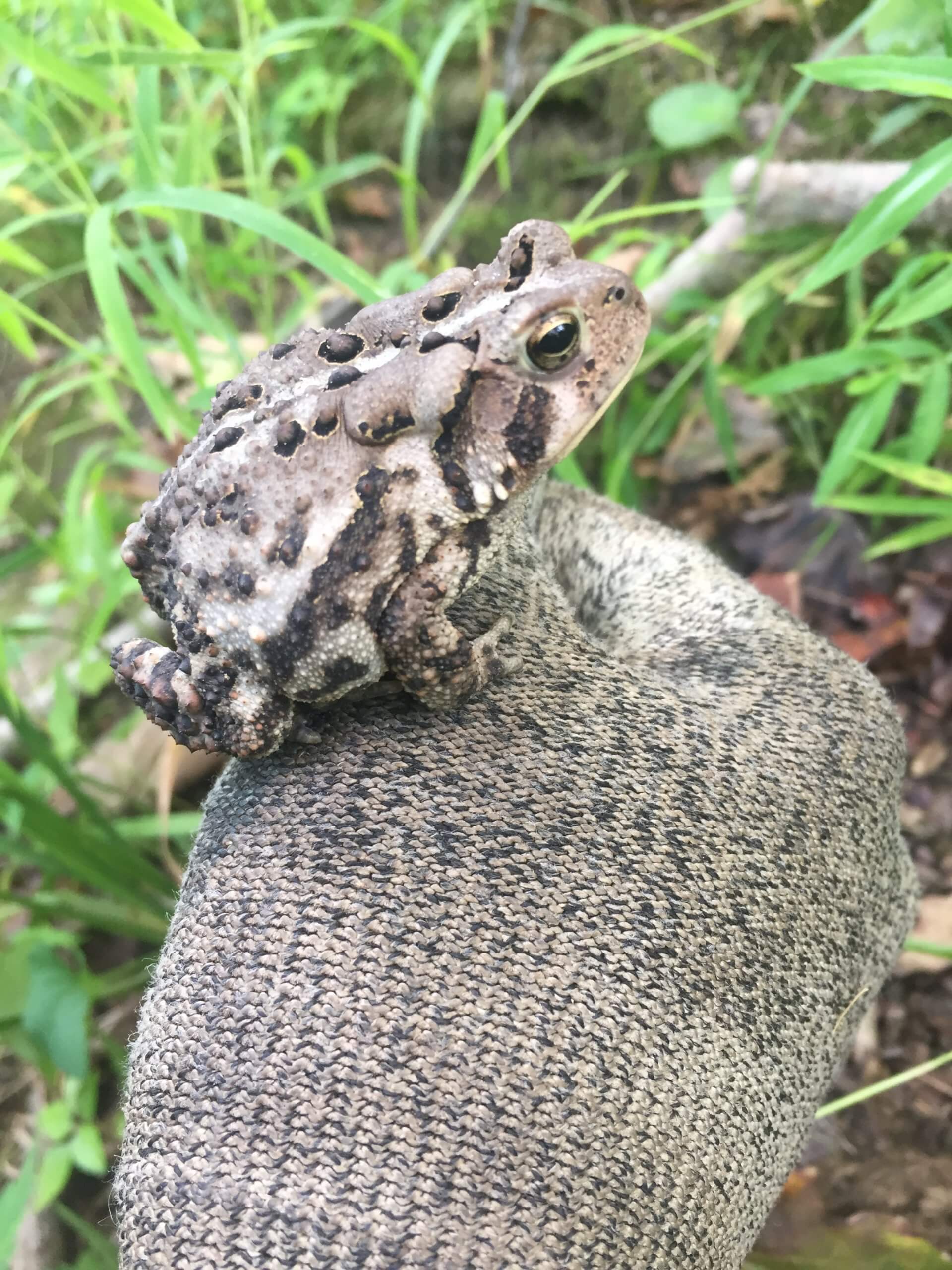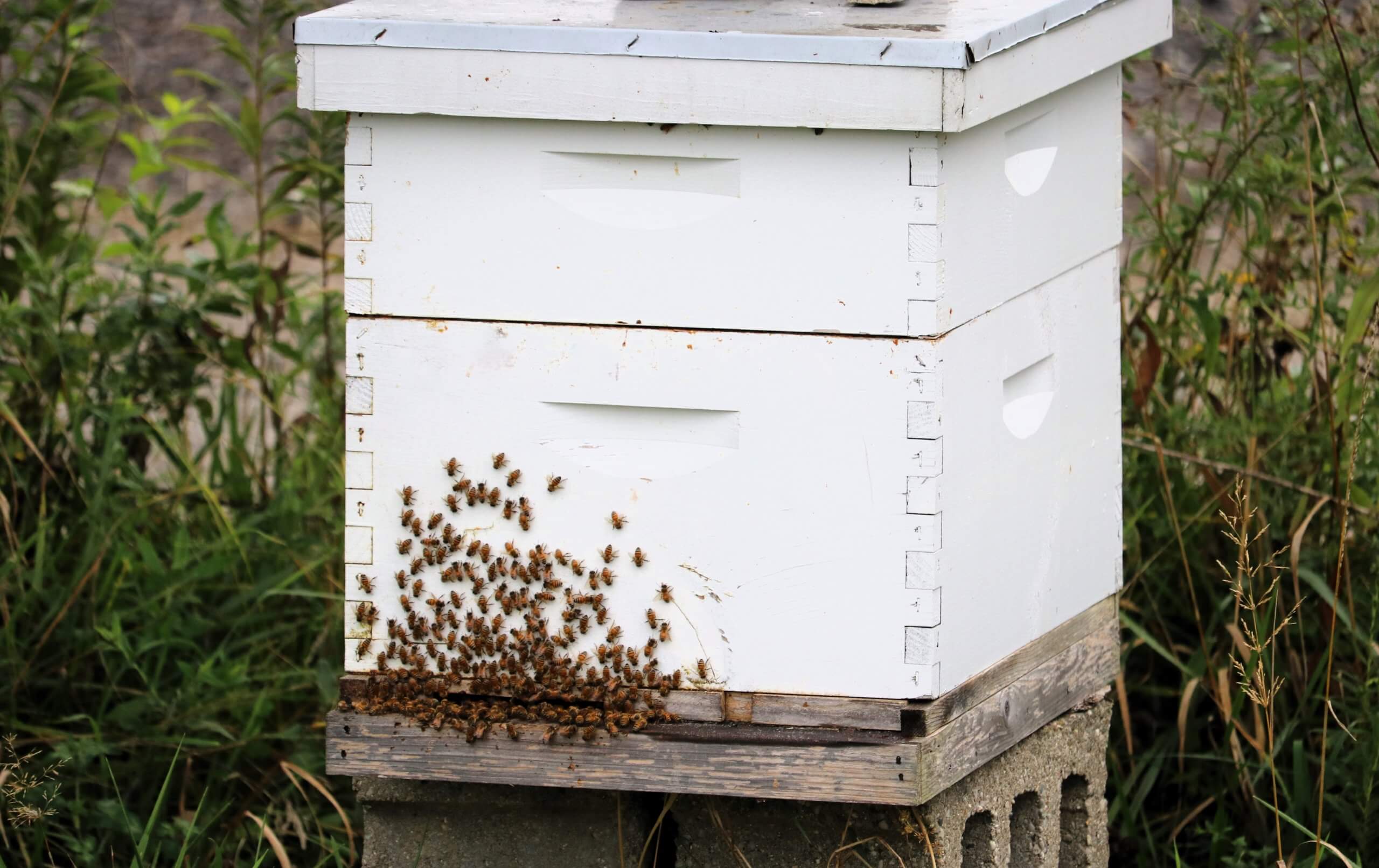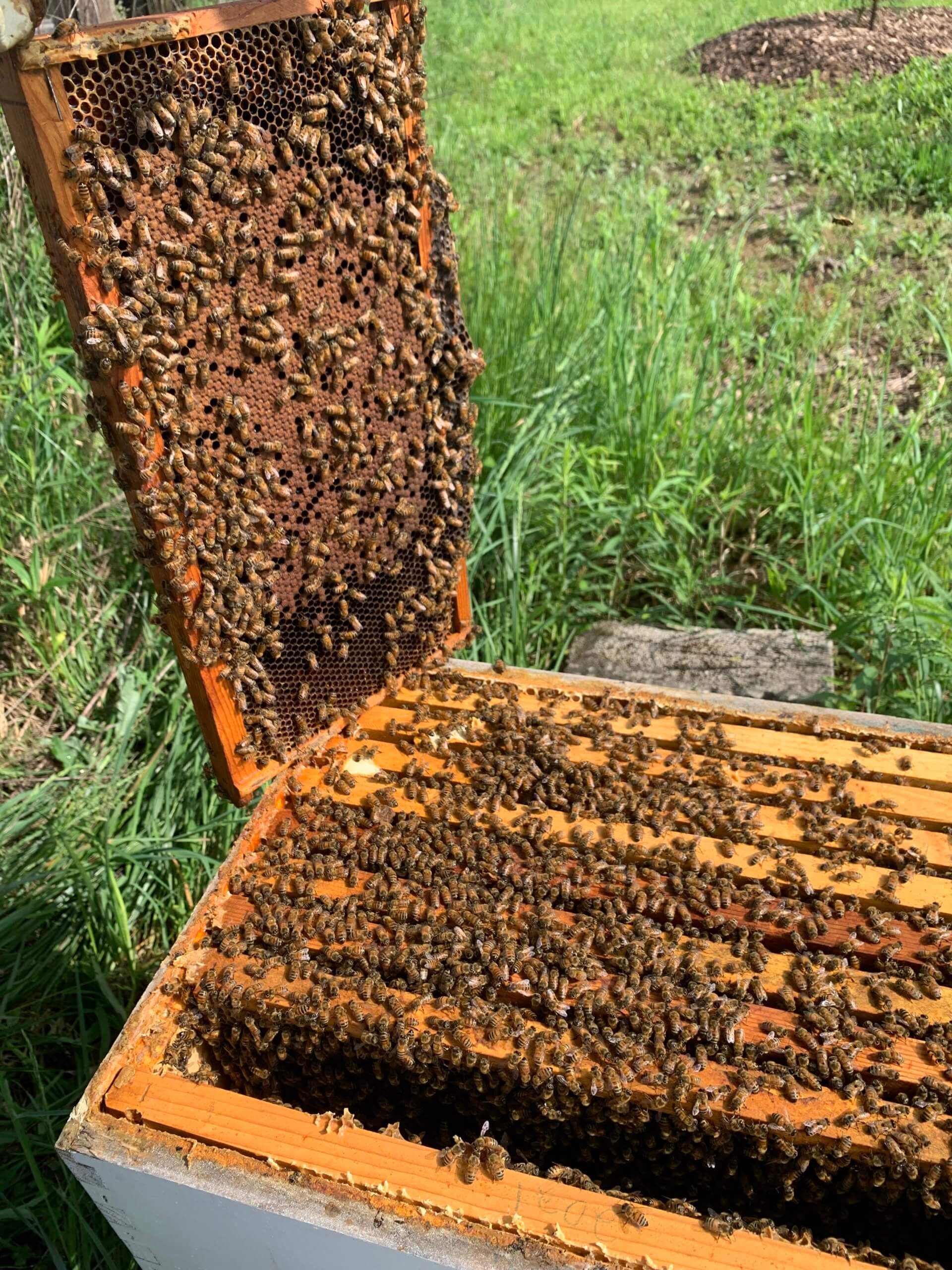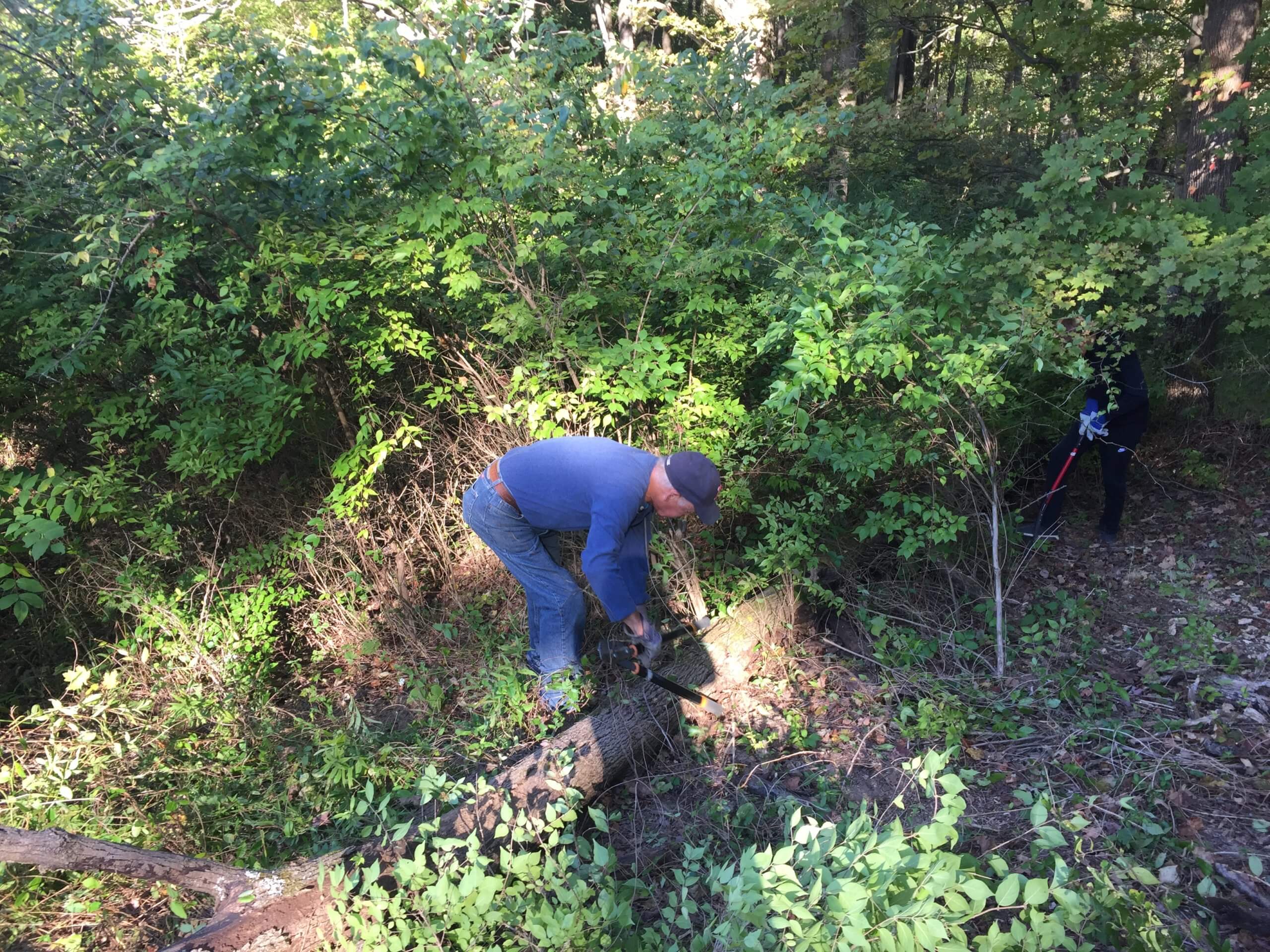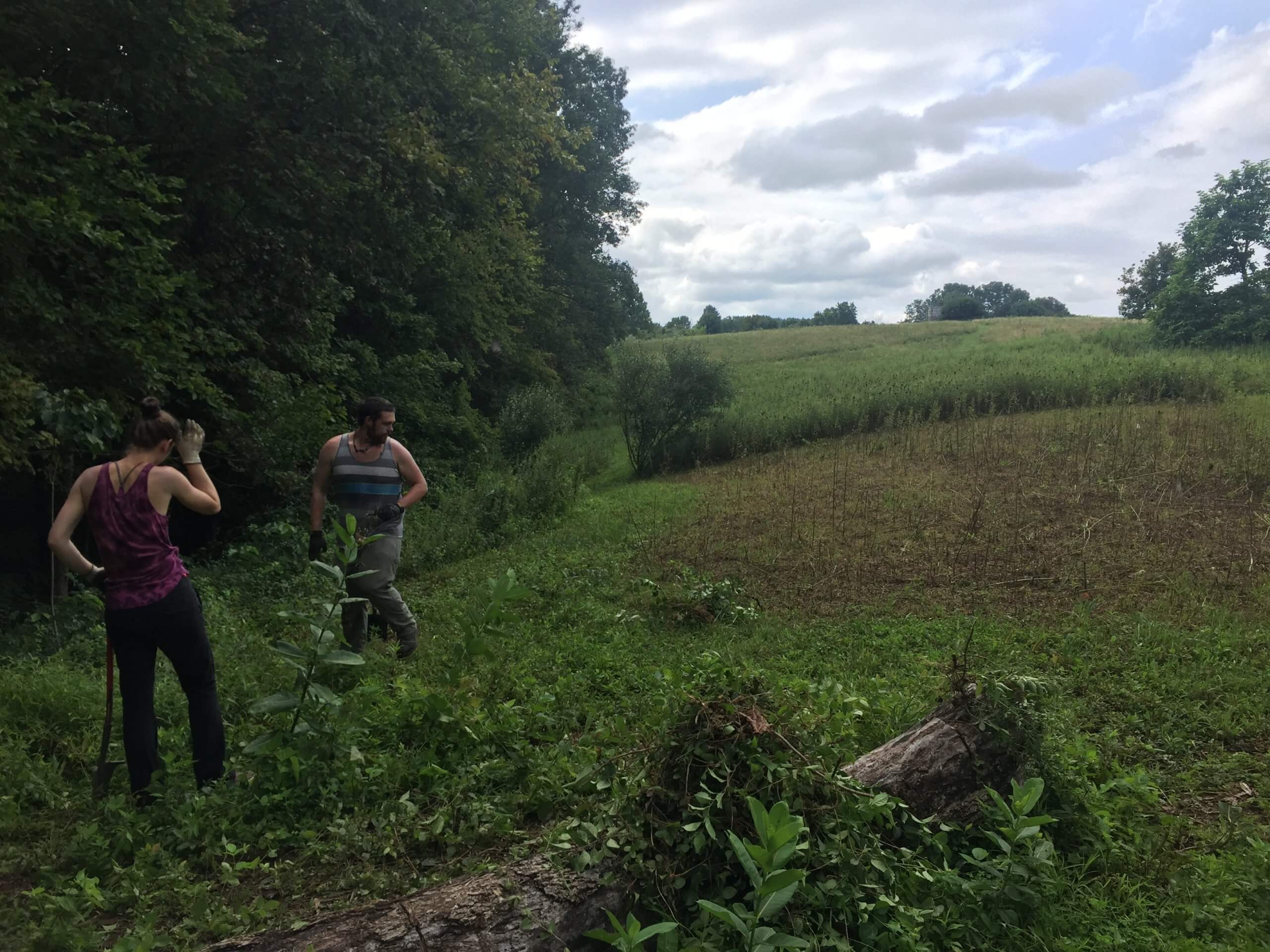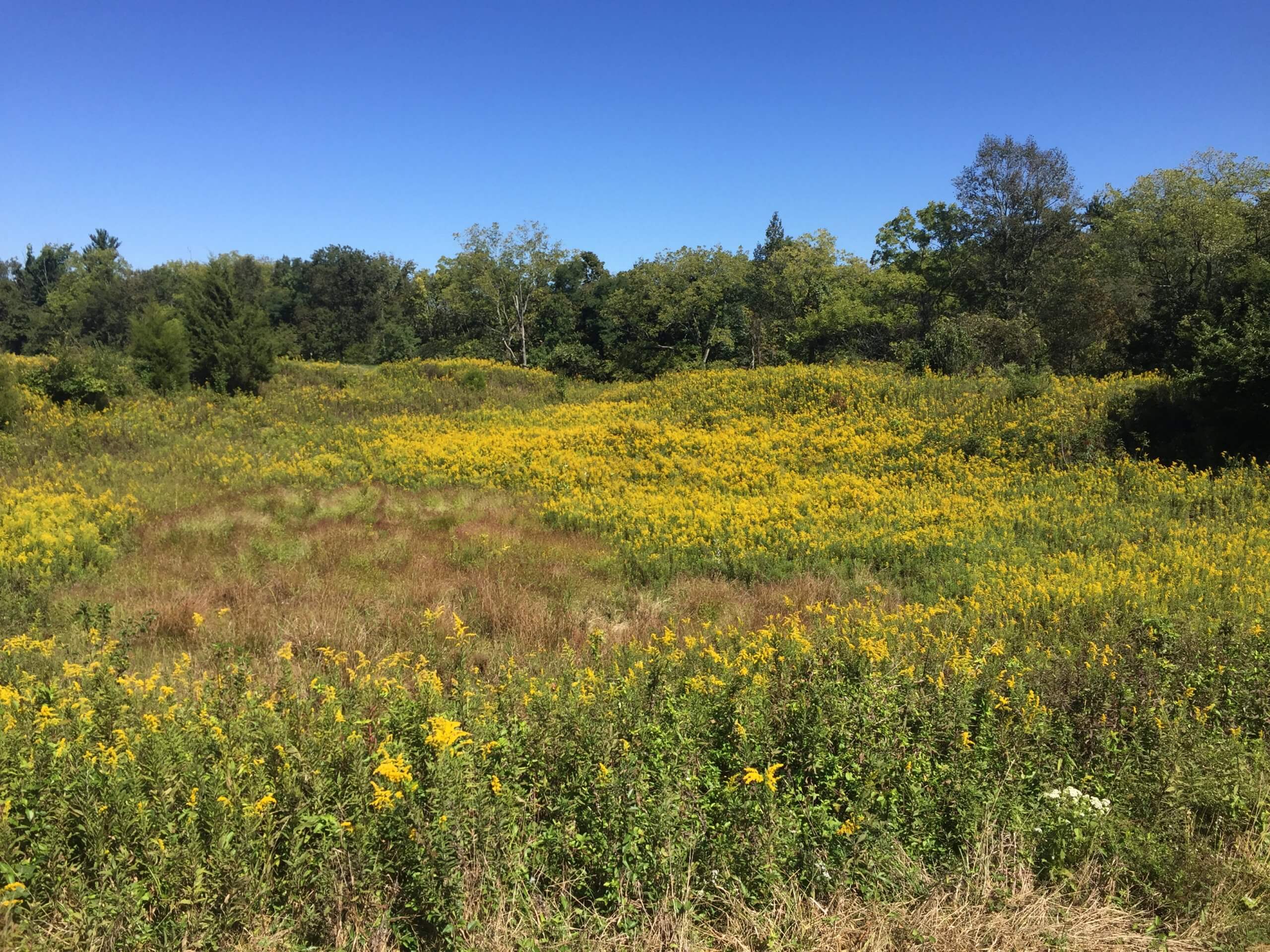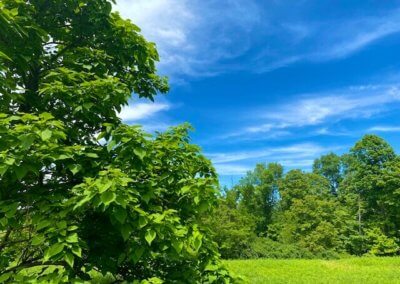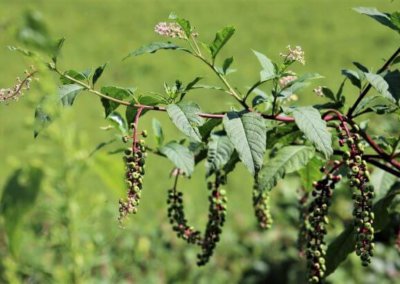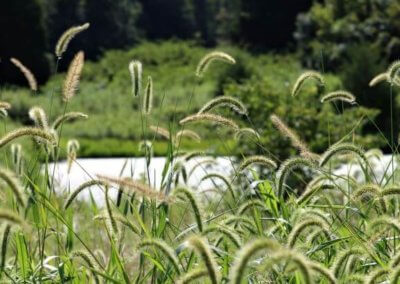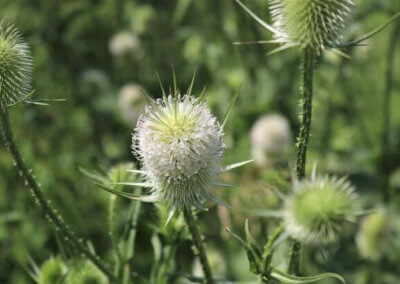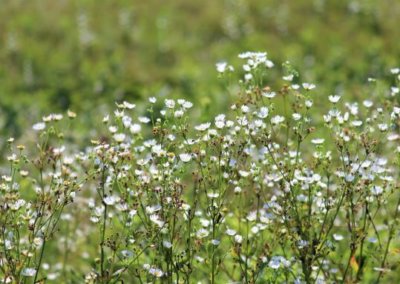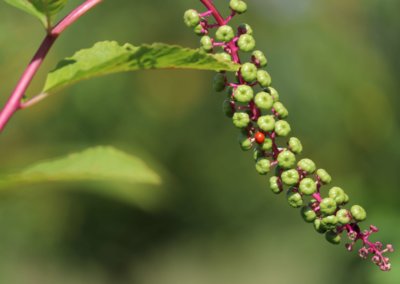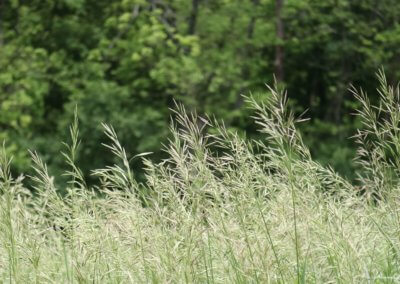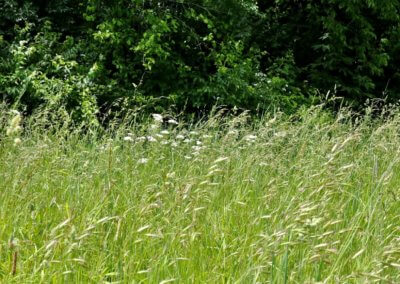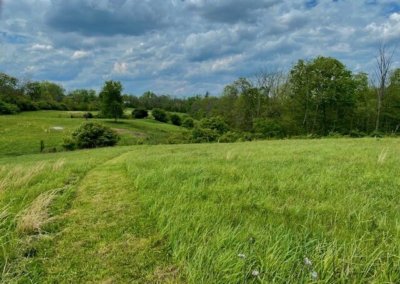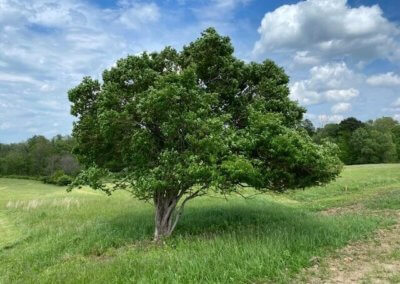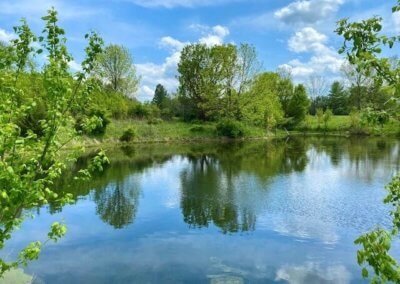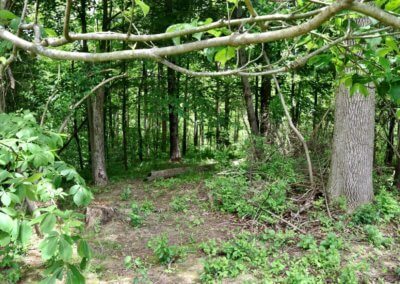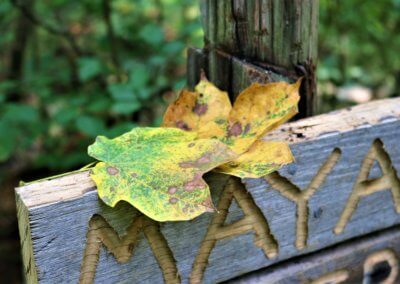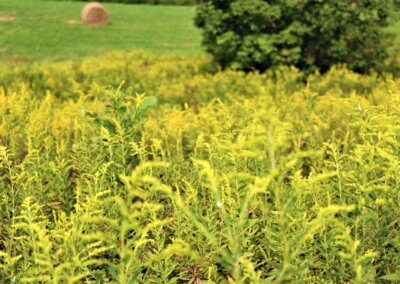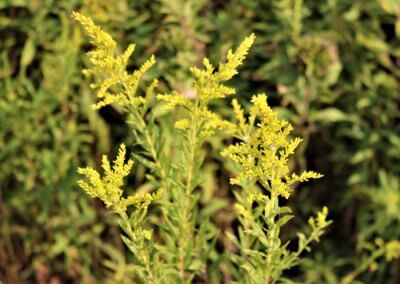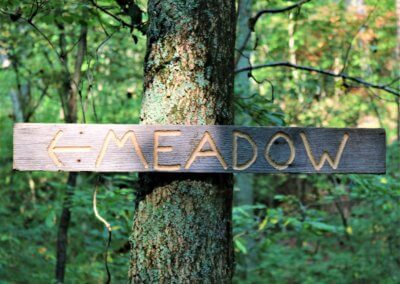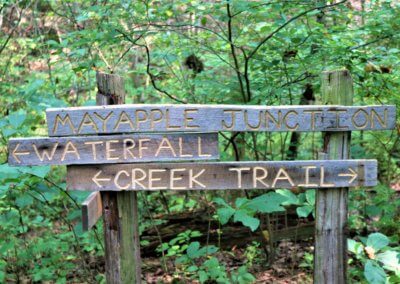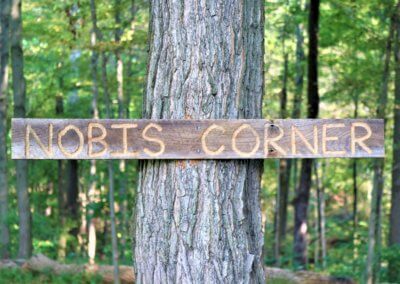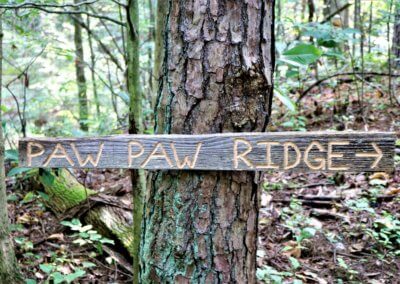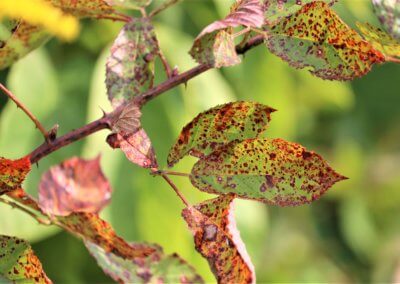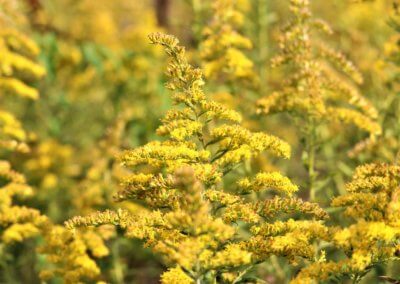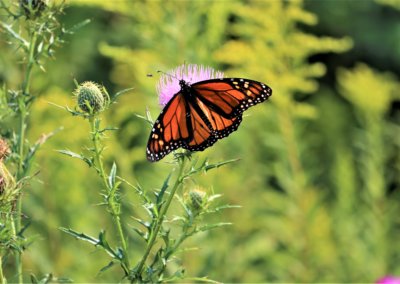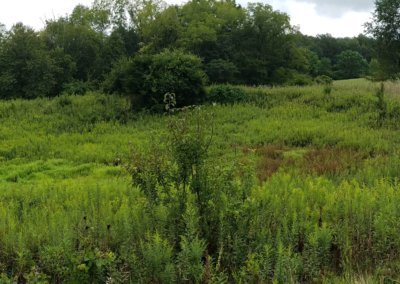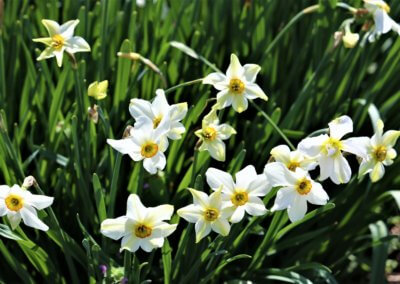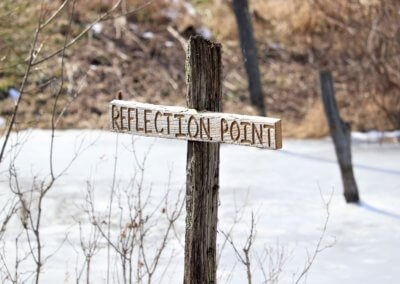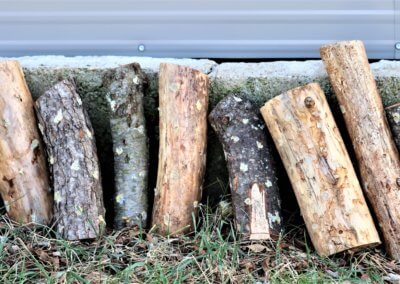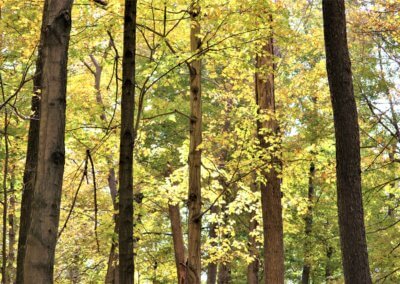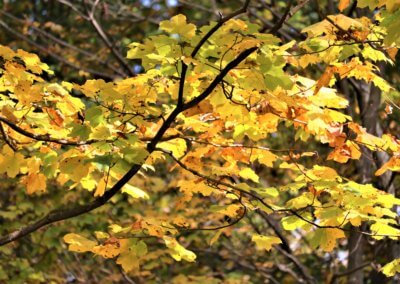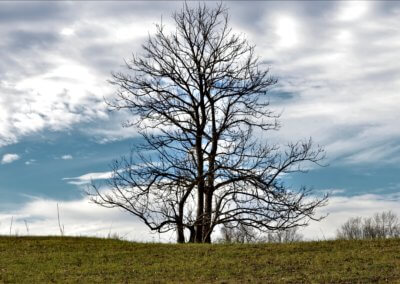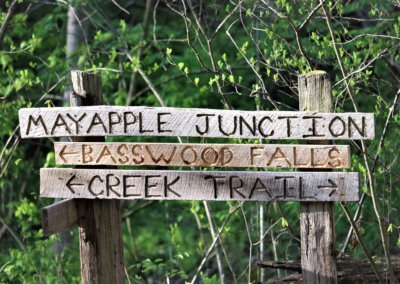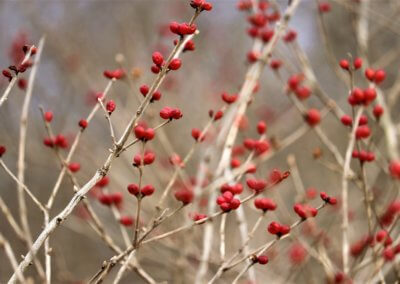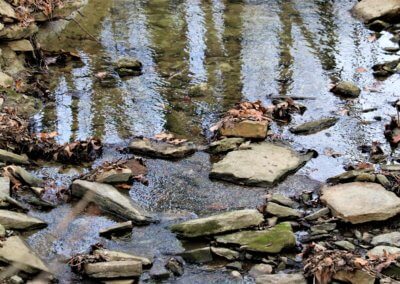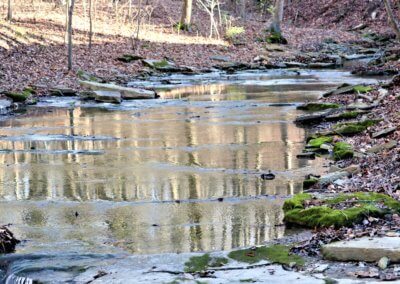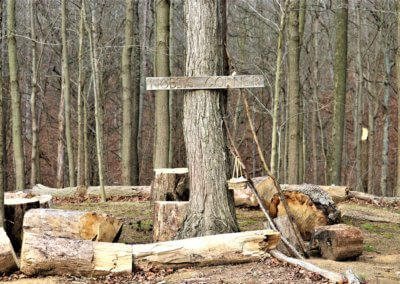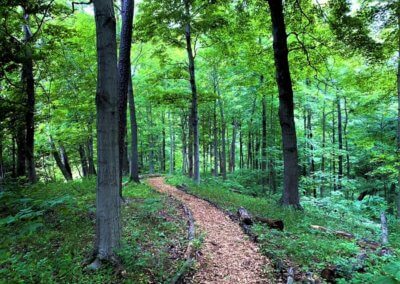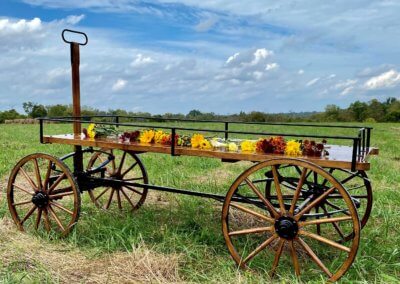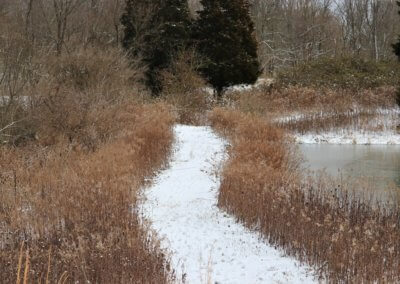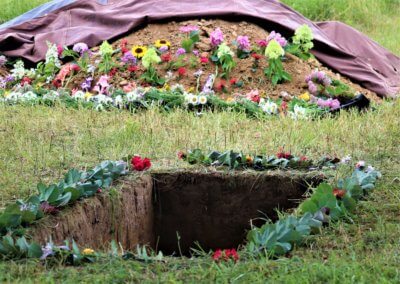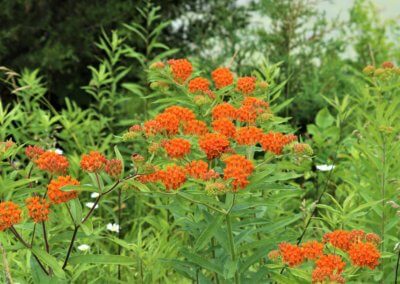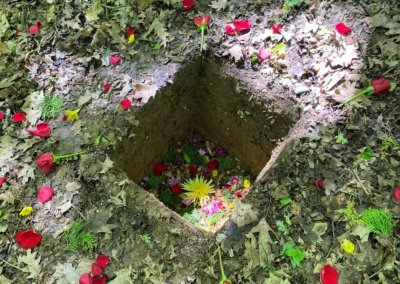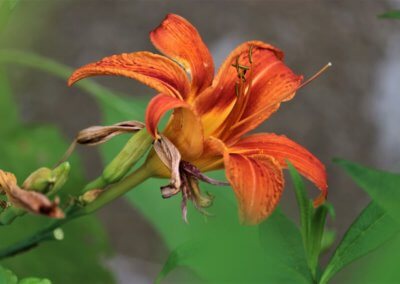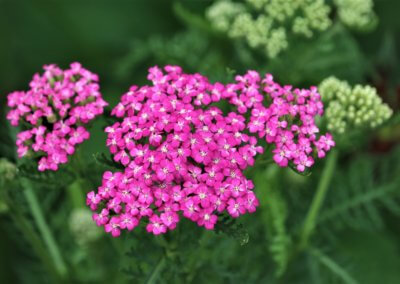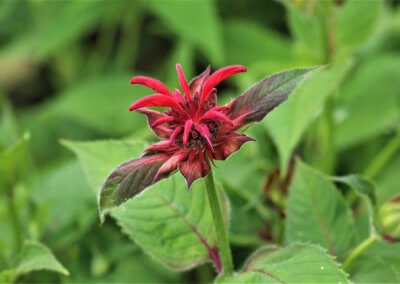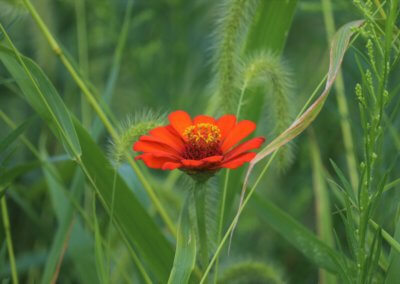Conservation
Burial Services
Make A Donation
Flora and Fauna

While death is at the heart of what makes Heritage Acres what it is – the final resting ground for our loved ones – it is also a sanctuary for life. The trees breathe as we do, the grasses sway in the breeze, the insects buzz along their busy path, and the birds sing sweet melodies from above. We focus on the many plants and animals that call Heritage Acres home, as well how our own species may reap the rewards of the earth. But we must remember that while we are able to sustainably take from the land, we must also give back to this sacred ground through conscious attention and care.
Flora
The plant kingdom has a truly magical cycle of growth and decay. While the time of year you visit Heritage Acres will influence your experience, you will always see signs of life, and of course, death.
In the spring, the Ohio buckeye (Aesculus glabra) tree gives our state pride by being the first tree to leaf out, soon giving way to bountiful native wildflowers like this aptly named spring beauty (Claytonia virginica) scattered across the forest floor.
In the summer, the meadow shows its true colors, the grasses grow tall, small pink milkweed (Asclepias syriaca) flowers attract orange monarch butterflies, and the purple blooms of tall ironweed (Vernonia gigantea) beckon the black and yellow bees buzzing by.
In the fall, the fields are cut for their annual haying, but goldenrod (Solidago virgaurea) flowers come out to shine their rustic gold in the margins, and the leaves of trees such as the flowering dogwood (Cornus florida) turn many different magnificent shades and hues.
In the winter, as snow blankets the hills, the trees are bare — but seeds lie dormant under the ground, waiting for the next season to come, ready to spring into life, yearning for the light.
The spirit of life is clearly evident when you visit Heritage Acres Memorial Sanctuary, at any time of year.
Fauna
The animals who make Heritage Acres their home come in all shapes and sizes, each occupying their own unique ecological niche to create the diverse and vibrant ecosystems we see.
In the pond near the entrance, various migratory birds have made appearances, including the regal great blue heron (Ardea herodias). The resident American bullfrogs (Rana catesbeiana) make their familiar baritone croak at dawn and dusk. There is even the famed snapping turtle (Chelydra serpentina) who lurks in the muddy waters; we strongly advise you not to swim lest you might lose a toe to this snapper! Those birds with large wingspans shaped like a “V” soaring overhead may be one of the many turkey vultures (Cathartes aura) that are on the lookout for some prey.
In the field there are millions of insects, arachnids, and even reptiles! This yellow garden spider (Argiope aurantia) may look intimidating, but it is not poisonous and won’t harm you (unless you mess with its web!). One of the many kinds of butterflies that you can see fluttering past your face is the zebra swallowtail (Protographium marcellus). The eastern box turtle (Terrapene carolina) has a limited range, usually less than two square acres, where they live their whole lives, and we are lucky enough to have a healthy population living in our woods.
We can’t forget the mammals to whom we are most closely related. The woods are home to some well-known forest creatures, like the white-tailed deer (Odocoileus virginianus) and the eastern grey squirrel (Sciurus carolinensis). But did you know that there have been sightings of some more elusive species like the groundhog (Marmota monax) and even coyotes (Canis latrans) and bobcats (Lynx rufus)?
What would we do without bees? Bees play such a vital role in pollinating the world’s crops, safeguarding food security and biodiversity. We all depend on bees for our survival. Our Heritage Acres beekeeper, Robyn Crofts, does a wonderful job taking care of our buzzing friends. Robyn inspects the hive roughly every other week to make sure the queen is laying enough eggs and that the hive is not showing signs of sickness or parasites. Fun fact–our bees are Italian bees living in a Langstroth hive. We are grateful to be doing our part to help protect the bee population in our beautiful sanctuary.
Foraging
There are many edible and medicinal species of plants at Heritage Acres. Some of our favorite species for harvesting are blackberries (Rubus fruticosus) and paw paws (Asimina triloba). Paw paw trees are so plentiful that we named an entire ridge after them. That section is also available for ashes burial in the woods.
Through part of our restoration efforts, we have planted several other species that have edible or medicinal qualities, including serviceberry (Amelanchier arborea), hazelnut (Corylus americana), butternut (Juglans cinerea), and witch hazel (Hamamelis virginiana). We hope to be harvesting from these plants for years to come.
Conservation
Heritage Acres Memorial Sanctuary is more than just a burial ground. It is also a beautiful natural area that the public is free to enjoy from dawn to dusk. We hope to make it interesting and engaging to visit the grounds any time of year, for the purpose of hiking, volunteering, bird watching, picnicking, relaxing, foraging, meditating or, of course, visiting the grave of a loved one.
We value the land for everything it gives us and treat it with respect as the complex and diverse living organism that it is. One main tenet of our mission is conservation. This means not only protecting, but also restoring this landscape. We are actively working to increase the biodiversity of the meadow and forest ecosystems, and to create sacred natural spaces to be utilized for a variety of benefits.
Below are some of the projects we are working on:
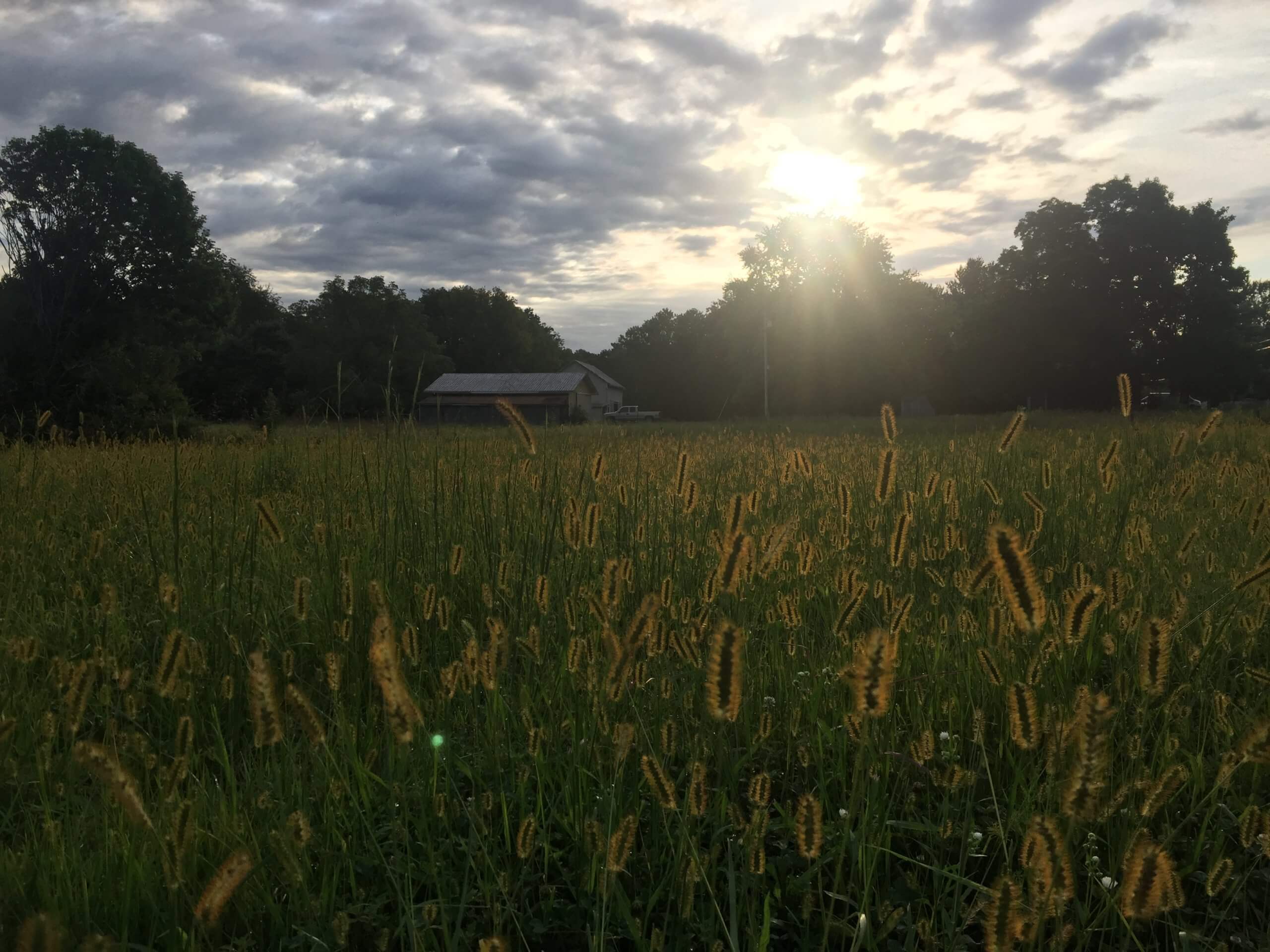
Reforestation
The 40 acres that make up our sanctuary are comprised of roughly 60% meadow and 40% forest. Over time, we hope to make this an even 50-50 balance. In the fall of 2020, more than 150 native hardwoods of nine different species were donated for planting. They were spread out along the western property boundary and in the back field along the northern edge of the property. Some notable species planted include red oak (Quercus rubra), northern catalpa (Catalpa speciosa), black walnut (Juglans nigra), and white oak (Quercus alba). Over the coming years, these areas will continue to be planted successively, so the trees can grow at different rates and experience competition for resources like sunlight, as they would in an established forest.
Restoration of the Forest Edge
The forest edge has proven to be an ideal place for weedy, non-native species to thrive. Such plants do not get mowed down with our annual haying, as they would in the meadow. They also do not get shaded out like they would in the woods. That is why our initial restoration efforts have been focused on this border.
With the help of dedicated volunteers, who removed the invasives and burned the resulting brush, we were able to clear a large area in preparation for planting. Then, thorough research was done to determine which native species were suitable to replace the invasives in those areas. Their location for planting was based on their preferred soil type, light tolerance, and size at maturity. More than 50 trees and shrubs, consisting of 12 different species, were purchased from various native plant nurseries in the Greater Cincinnati area, and planted in the fall of 2020.
Some notable species that were planted along the forest edge include: Elderberry (Sambucus canadensis), ninebark (Physocarpus opulifolius), and eastern redbud (Cercis canadensis). These species are excellent pollinator attractors because of their showy flowers in the spring and summer, and they provide beautiful foliage colors in the fall and winter.
Want to keep up-to-date with future conservation projects at Heritage Acres? Join our mailing list below
Contact Us
Are you interested in learning more about Heritage Acres? Would you like to get involved? Do you have suggestions or feedback for us? We’d love to hear from you.
Sanctuary Address:
796 Locust Corner Rd.
Cincinnati, OH 45245
Mailing Address:
Phone: (513) 231-6438
